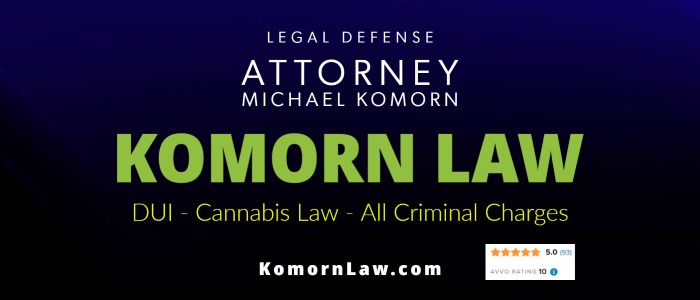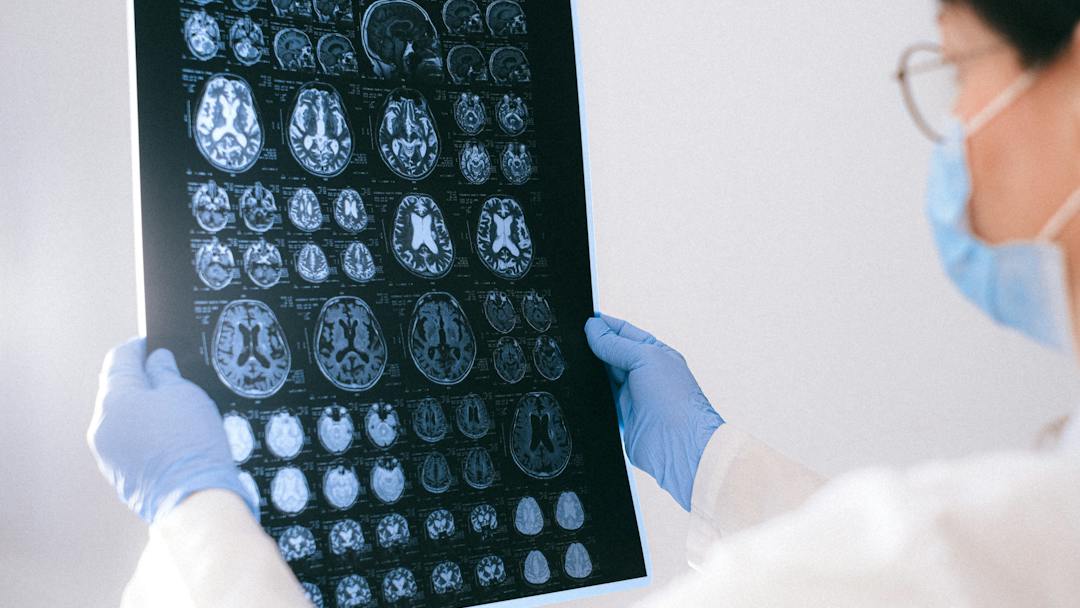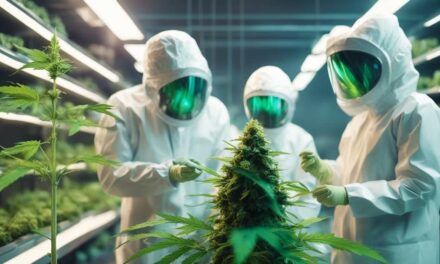SUMMARY OF THIS PAPER
Introduction
Such scalprecorded ERP differences are temporally associated with changes in synaptic and neuronal activity recorded directly from the hippocampus and other MTL structures (Smith et al. 1986;Heit et al. 1988), and are eliminated by lesions to the hippocampus in the language dominant hemisphere (Smith and Halgren 1989;Rugg et al. 1991). Such neurophysiological measures might therefore provide sensitive markers of changes in brain function and memory that accompany marijuana smoking. The present study tested the hypothesis that marijuana smoking would produce acute accuracy and reaction time deficits in WM and EM tasks, accompanied by changes in concomitant neurophysiological signals indicative of impaired memory and attention.
Subjects
Ten casual marijuana smokers 23-31 years old (mean=26.7, 5M, 5F) participated in the study. Casual smokers were defined as those who reported smoking marijuana between once a month and once a week over the last year.
Negative selection criteria included self report of daily cigarette smoking, consumption of more than ten alcoholic drinks per week, family history of drug dependence, and prior habitual use of any illicit drug other than marijuana.
Recording Days
On test days, subjects performed warm-up blocks of the tasks, and then consumed a sandwich and a non-caffeinated beverage for lunch. After an electrode cap was applied, subjects participated in five recording intervals: one pre-smoking baseline interval, and four intervals that took place 0:20, 1:20, 2:20, and 3:20 h:min after smoking.
It was postulated that the neurophysiological effects of marijuana smoking on WM and EM would follow the well-researched time course on physiological and behavioral measures, peaking in the first post-smoking recording interval and steadily dissipating over the next 3 h (Huestis et al. 1992;Joy et al. 1999).
Drug Administration
The active marijuana cigarettes contained 3.45±0.28% Δ 9 -THC and the placebo cigarettes contained 0.006 ±0.00% Δ 9 -THC, as assayed via gas-liquid chromatography by the Research Triangle Institute.
Following the pre-smoking baseline interval, subjects smoked one cigarette containing active marijuana or placebo, counterbalanced across recording days and subjects.
Holding the cigarette in their fingers, subjects took six puffs according to a paced, computerized procedure that was designed to be ecologically valid while standardizing smoking across subjects and sessions.
RESTORE YOUR SECOND AMENDMENT RIGHTS
RESTORE YOUR PROFESSIONAL LICENSE
RESTORE YOUR DRIVER LICENSE
RESTORE YOUR PAST
Call our Office for a free case evaluation
Komorn Law (248) 357-2550
(tap here to call now)
Professional License Restoration / Rights Restoration / Record Expungments / Driver License Restoration
Tasks
Within an interval, both task blocks used the same 20-word WP list but different recognition lists: the same 20 old words appeared in both WR lists, but the 20 new words were different.
Subjects therefore had the opportunity to demonstrate learning by being tested twice on the same word list in each interval.
In this way, the battery was designed to test the effects of marijuana on encoding of episodic information (WP task), sustained attention and working memory over a period of approximately 5-10 s (WM task), retrieval of episodic information presented 5-10 min previously (WR task), and learning (comparison of recognition memory between the first and the second time through a study list).
Data Analysis
Because topographic differences due to marijuana effects were generally not observed, analyses of power spectra bands and ERPs were conducted at the electrode site with maximum amplitude across the group of subjects.
Background EEG power spectra were computed in the WP and WM tasks and the resting conditions by segmenting continuous data into 4-s epochs and computing fast Fourier transforms on 2 s windows with 50% overlap. In the WR task, 1-s windows with no overlap following the old or new response were used.
Performance
Following marijuana smoking, accuracy decreased in the high [F(1,9)=6.98, P<0.05], but not the low load version P>0.10. Reaction time (RT) in the WM task increased after smoking marijuana [F(1,9)=16.15, P<0.01], and this response slowing did not differ between the two load levels (P>0.10). Marijuana smoking did not affect accuracy or speed of classifying words as red or green during the encoding WP task (P>0.05 for all comparisons).
Erps
This slow wave was preceded by a centrally maximum “N400” negative potential peaking at approximately 350 ms that was more negative to new words than to old words [F(1,9) =50.41, P<0.001]. As was the case in the WM and WP tasks, marijuana smoking tended to attenuate ERP amplitudes in the WR task, an effect observed for the slow wave [F(4,36)=3.79, P<0.05], but not for N400.
Although this slow wave amplitude attenuation did not interact with the magnitude of the old/new word difference in the subject group as a whole, examination of individual subjects suggested that those who became most intoxicated evinced a marked reduction in the memory-evoked shift after smoking marijuana, as discussed below.
Discussion
Across all subjects, marijuana smoking had a number of global neurophysiological effects. ERP components thought to reflect stages of memory encoding, manipulation, and retrieval, such as the slow waves in the WP and WR tasks and the P300 in the WM task, decreased in amplitude after marijuana smoking.
Such decreases suggest that less transient attention was devoted to processing the colors, dots, and words during performance of the various tasks.
Related Posts
Administration Still Undecided on Marijuana and Gun Rights Case
DUI - Traffic - Resisting - Any CrimeBetter Call KomornSo the drug war continues.The Trump administration has yet to decide whether to challenge a...
4 Chinese comrades operating $5 million cannabis grow near Tawas Michigan
DUI - Traffic - Resisting - Any CrimeBetter Call Komorn4 Chinese Comrades "allegedly" growing $5 million in cannabis operation near Tawas,...
Taxes and School Policy in New State Budget
DUI - Traffic - Resisting - Any CrimeBetter Call KomornMore, More, More, More, More, More, More, More, More, MoreThey came for the cannabis to fix...












